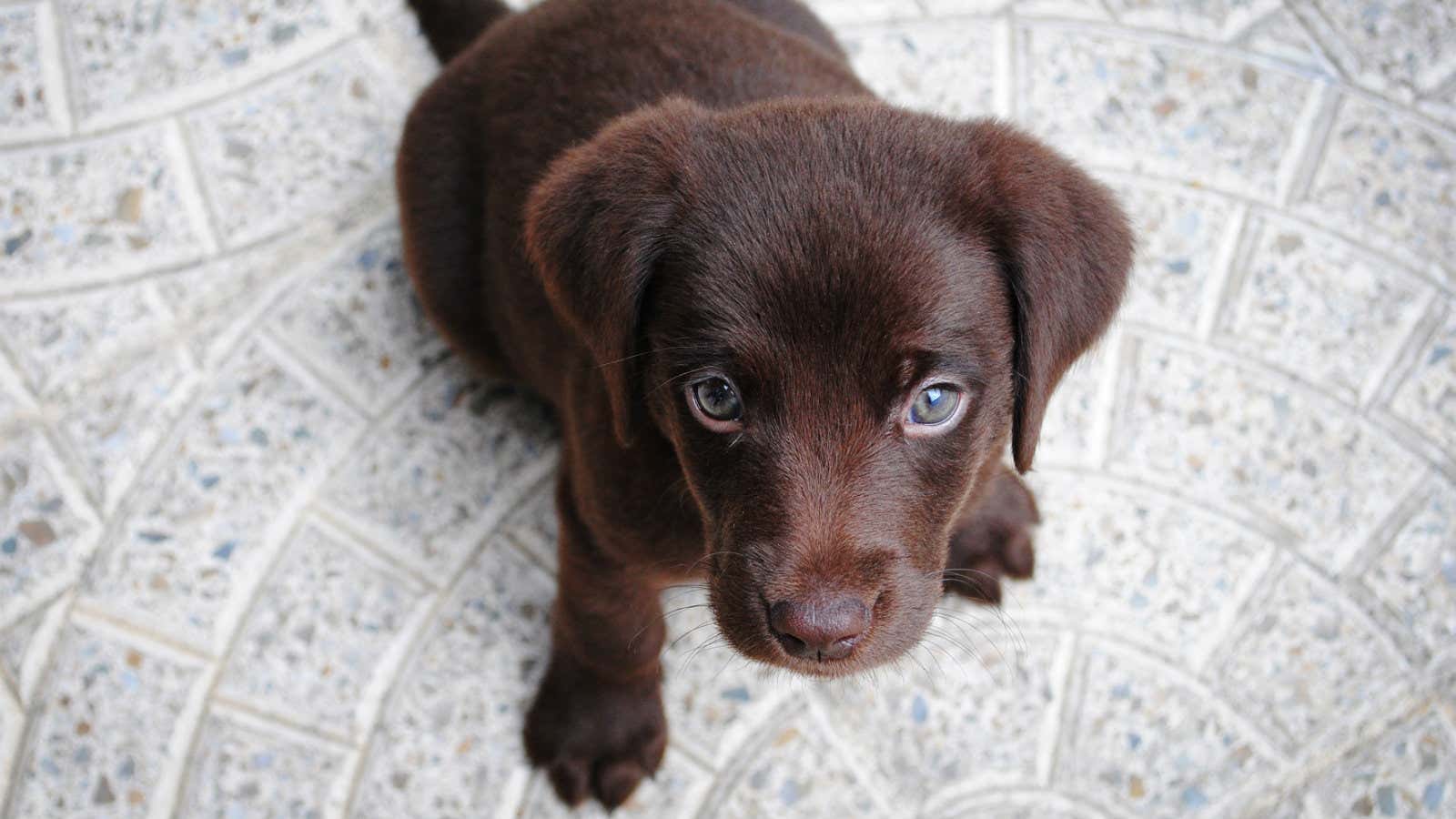It’s easy to identify what a German Shepherd, Labrador, and Saint Bernard have in common: they’re furry, adorable canine companions with massive fan bases all over the world. But what about the Chippiparai, Jonangi, and Kombai?
Even ardent animal lovers might stumble a bit here, but these too are dog breeds which have another thing in common—they’re all Indian. Skilled, sturdy, and well adapted to the country’s tropical climate, these dogs are great workers and excellent companions. Unfortunately, the other characteristic Indian breeds share is that they’re disappearing.
Almost half the known breeds have ceased to exist, while several others are at the risk of dying out. In their rapid decline is a story of years of ignorance and neglect, a telling tale of the status of dogs in a country that’s never quite grown to accept them. Over the last few decades, while foreign breeds have caught the fancy of animal lovers across the country, Indian dogs continue to be shunned.
Naturalist, conservationist, and animal lover S Theodore Baskaran’s The Book of Indian Dogs is the most comprehensive compilation of the country’s indigenous canine breeds in the last half-century. In it, Baskaran traces the history of dogs in the country, their contemporary status and, most crucially, lists the known Indian dog breeds. Baskaran also narrates a chance encounter with an Indian hound dog that got him interested in studying indigenous breeds.
At a railway station in Tamil Nadu in 1968, the author noticed a man accompanied by two “exquisite white dogs” waiting for a train. The dogs were Rajapalayams, which Baskaran describes as one of the most valued south Indian dogs. Their coats were lined with scars, which the owner claimed they suffered during encounters with wild boars.
Baskaran was sceptical, and the owner sensed this. So, he clicked his tongue twice. “The dogs were electrified into action,” Baskaran writes. “They were on their feet in a flash and stood pulsating with anticipation for the next command.” Fascinated, Baskaran asked the man to get a Rajapalayam pup for him. Five months later, the man turned up at his door, a white pup with a distinctive pink nose in hand.

Historical neglect
In ancient times, Indian dogs were prized across the world and exported in large numbers for their hunting prowess—travelling as far and wide as Rome, Egypt, and Babylon—but they were shunned at home. The international demand for Indian dogs, and the fact that their gene pool stayed relatively undiluted till about three centuries ago, kept these breeds going. Baskaran tells us that in the 18th century, a Frenchman travelling across India identified 50 distinct dog breeds, including one called the Lut, which was often a fascinating shade of blue.
The Lut is just one of several dog breeds that have not been seen in living memory, writes Baskaran. Based on four decades of research and observation, the author concludes that there are just 25 indigenous Indian dog breeds found today. The reasons for this decline are vast and complex. During the colonial period, British rulers settling into India for the long haul often imported dogs from back home. The arrival of foreign breeds resulted in cross-breeding and there was little government interest in preserving indigenous breeds and trying to keep their gene pool intact. The few Indian rajas who did have dogs as pets were more drawn to foreign breeds. The only attempts to protect Indian breeds were made by British dog enthusiasts, who had taken a particularly fancy to our indigenous dogs, especially those found in the Himalayas.
Working like a dog
The Bhakarwal is often used as a guard dog by the shepherd and goat-herding tribes of Gujjars and Bhakarwals. The Bhakarwal faces a peculiar problem—its popularity is one of the reasons for its decline. A 2009 survey by the Tribal Research and Cultural Foundation in Kashmir found that there were only a few hundred of these species left. This is partly because these furry and majestic dogs are sought after in the cities, so the males fetch a good price and the females are left behind in the native areas with a limited choice of mates.
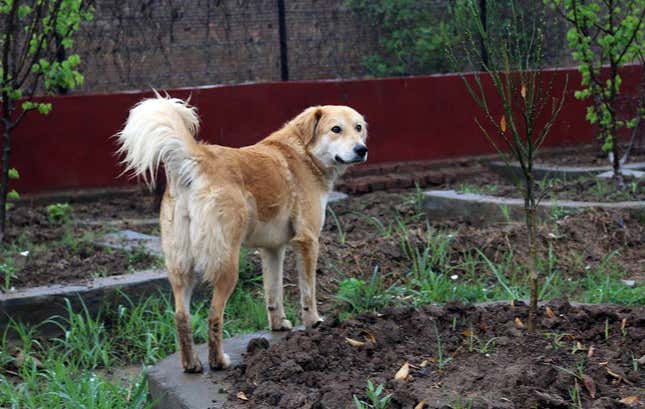
Another Indian working dog—which could give the St Bernard serious competition in size (and cuteness) is the Himalayan mastiff. Its bravery is stuff of legend—it is reputed to give a tough fight to leopards, wolves, and horses while guarding a shepherd’s flock. According to Baskaran, this dog is sluggish by day and comes into its element at night, so prospective owners prefer to pick a pup after dark. Another working dog of the mountains is the Himalayan sheepdog, found in Ladakh and Nepal, which is also known as Bhotia or Bhote kukur.
Breeds from the plains have very short and fine coats to cope with the perilous heat. The Jonangi, for instance, found in Andhra Pradesh, has a coat so sparse that the skin is visible through it, writes Baskaran, describing it as one of the “pristine indigenous breeds”.
Other working dogs which Baskaran mentions include the Kombai, which originated in Madurai; Pandikona, which purportedly dates back to the Vijaynagar Empire and is now found in Kurnool, Andhra Pradesh; and Patti, which is often used as a farmhand in Tamil Nadu.

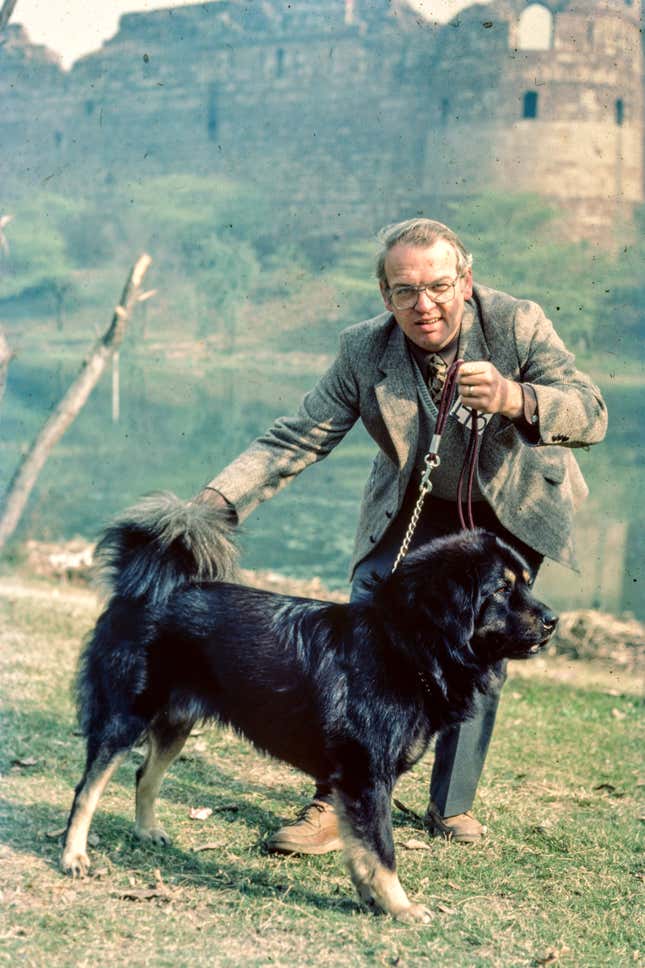
Best friends forever
While pet parents will agree that all canines make excellent companions, for the purpose of classification, some breeds are categorised as companion dogs. They are typically smaller breeds which have been bred as lapdogs and have not been trained over generations for a specific skill. They can, however, double up as guard dogs, too.
As a welcome surprise, one of the breeds listed in this category in Baskaran’s book is quite familiar: the Lhasa Apso. Though it originates in Tibet, Baskaran writes that it is found “all over the Eastern Himalayas, including Arunachal Pradesh and Sikkim.”
The breed prefers to stay indoors and was historically used to keep guard inside monasteries. Since the Lhasa Apso caught the fancy of British colonial rulers, the breed made its way to England and from there to the US.
The other two companion dogs which Baskaran lists also originate from across the border: the Tibetan Spaniel, which was introduced to India by Tibetan refugees who settled down within the country, and the Tibetan Terrier, which can be found in Dharamsala, Himachal Pradesh.
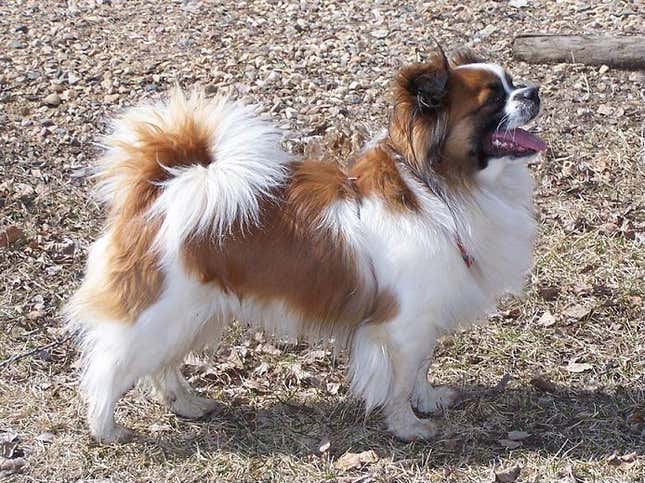
Ain’t nothing but a hound dog
A majority of the surviving indigenous breeds are hound dogs, and the longest subsection of breeds in Baskaran’s book is devoted to this variety of canines, which are adept at hunting. All Indian hounds, the author says, are sighthounds: they track their prey with sight and not scent, even though some of them also have a keen sense of smell.
Baskaran lists several breeds in this grouping, including the Vaghari Hound, Rampur Hound, Rajapalayam, Pashmi, Mudhol Hound, Kurumalai, Kanni, Chippiparai, Kaikadi, Caravan Hound, Banjara Hound, and the Alaknoori.
The Alaknoori, Baskaran tells us, was born out of the cross-breeding of European greyhounds with Caravan Hounds. HH Shahu Maharaj of Kolhapur, a keen hunter, imported dogs from the western continent to his hunting ground in Alaknoor, Karnataka, only to realise that the canines were not comfortable in the hot Indian peninsula. He then cross-bred them and, as Baskaran says, “through repeated attempts he succeeded in creating a breed christened Alaknoori, after the village in which it originated”. However, Baskaran says the breed has not been taken care of.
The Banjara Hound was a favourite of JH Kipling, the father of Rudyard Kipling, who had this to say about them:
“The indigenous canine aristocracy is not large. But it exists. Among the best breeds are the hounds kept by the Banjaras, a caste of half gypsy carriers and traders.”
The breed gets its name from the nomadic Banjara community, which would take the hound along on their sojourns so it could stand guard. Banjara hounds have an average height of about two feet and a black coat with specks of grey or blue.
The example of the Caravan Hound, found in southern Maharashtra and the Deccan Plateau, makes a strong case on the wonders that conservation initiatives can do. The efforts of dedicated breeders in a few villages of the state have saved the hound, which accompanied the caravans of Arab traders coming to India centuries ago, from going extinct
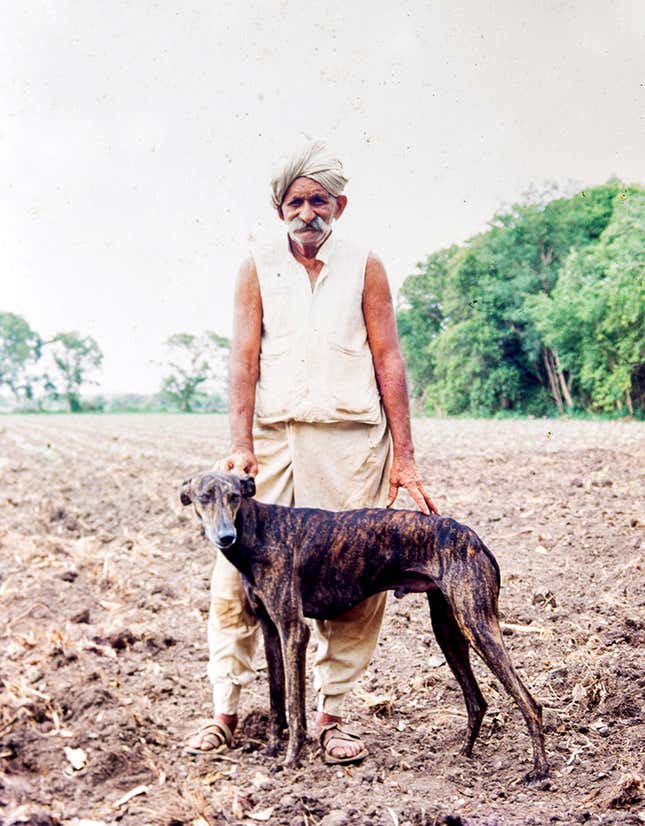
Last legs
It is tragic that India’s beautiful and agile breeds and their fascinating histories have been allowed to peter out over the decades. Even among the few varieties left, there are disagreements among experts and breeders about whether some of these qualify as distinct breeds. Significantly, none of them are internationally recognised.
A dog lover for whom pedigree is irrelevant may wonder why this nomenclature is important. But, as Baskaran argues, an official stamp from an organisation like the Federation Cynologique Internationale in Belgium—which presently recognises a little over 300 breeds across the world—is highly sought after and will give a big boost to conservation efforts.
Also essential, says Baskaran, is government involvement, which is currently next to nil. While the Kennel Club of India and individual breeders are doing their bit, these efforts—currently disparate and sporadic—need state support to be really effective. As Baskaran puts it, our unique breeds deserve nothing less. Without that, we could see a day in the near future when the number of Indian dog breeds is in single digits. That’s a sad way to treat our best friends.
This post first appeared on Scroll.in. We welcome your comments at ideas.india@qz.com.
